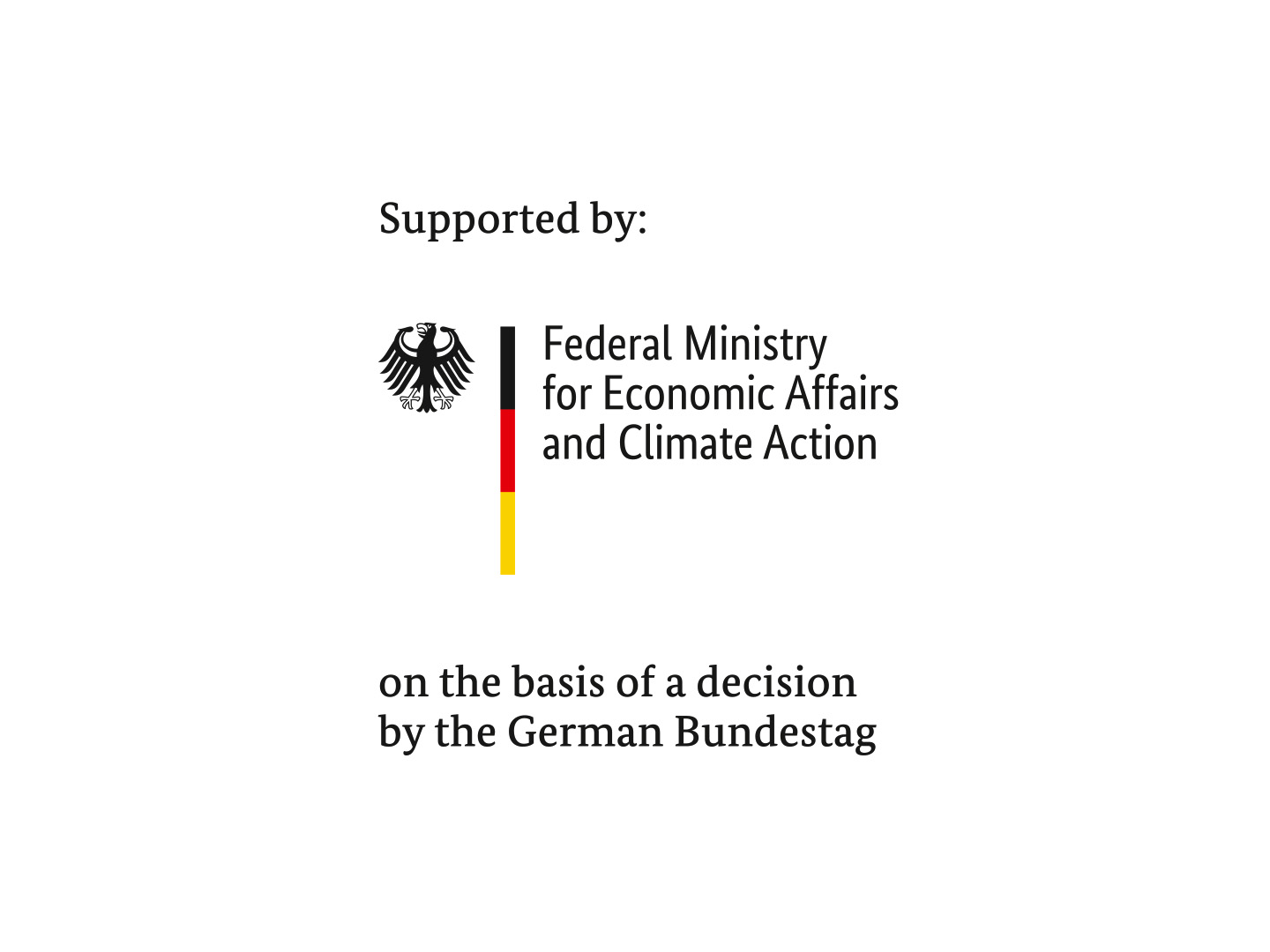The change towards fluctuating renewable power generation requires flexible energy systems so that the power grids can be operated in a stable way in the future. From an economic and technical point of view, it is, therefore, necessary to expand electrical storage capacities. Great storage potential is currently hidden unused in local distribution networks. Both in municipal locations (swimming pools, local heating networks) and in private households, there are a large number of systems with flexibility that has not yet been actively used. The distributed storage facilities in urban areas were identified in the joint project “The City as a Storage Facility“ and then bundled into a virtual large storage facility. In this way, the hidden storage potential can be used to further expand renewable energies.
Virtual storage demonstrated in field test for one year
The feasibility of a virtual energy storage system was the focus of the project and was investigated for one year in the model regions of Herten and Wunsiedel. As part of the field test, the systems bundled into a virtual storage facility were controlled according to an optimized schedule. The schedules were determined using a specially developed modeling, optimization, and forecasting environment and updated several times a day. The system restrictions, the condition of the local distribution network, and the requirements of the energy market, as well as the customers’ own forecast heat demand, were taken into account.
 Fraunhofer Institute for Environmental, Safety and Energy Technology UMSICHT
Fraunhofer Institute for Environmental, Safety and Energy Technology UMSICHT